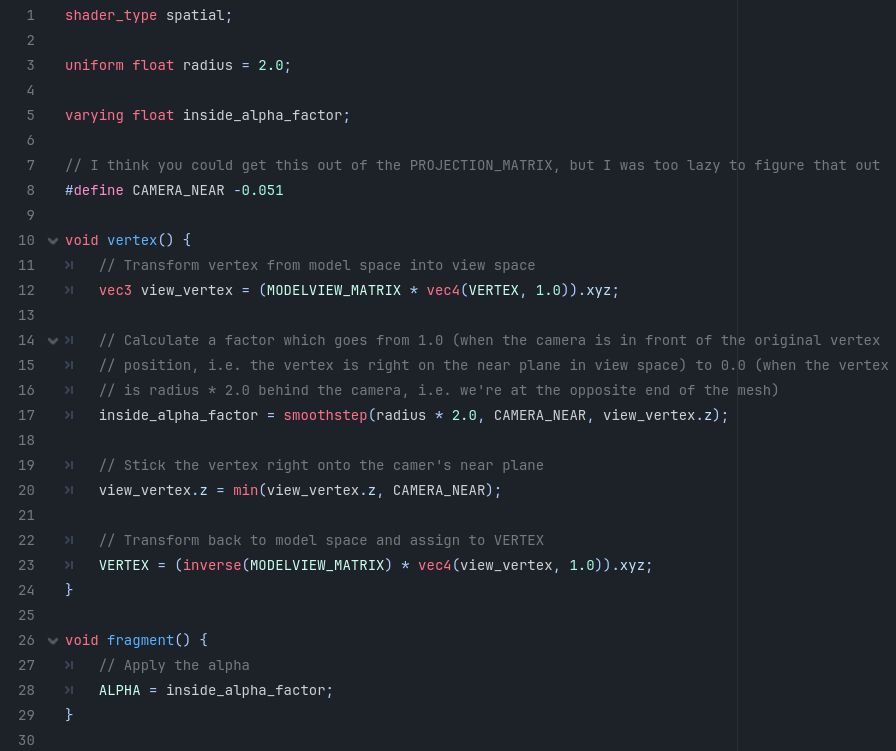
Working on VR landscape visualization with Godot. Maintaining Geodot: https://github.com/boku-ilen/geodot-plugin
Would've loved to chat with you as well, hopefully next year :)
Would've loved to chat with you as well, hopefully next year :)
He mentions there is an open source alternative to speedtree, which he has barely heard mentioned: EZ tree: www.eztree.dev
It even has an in-browser 3D viewer in which you can try different seeds for the trees!

He mentions there is an open source alternative to speedtree, which he has barely heard mentioned: EZ tree: www.eztree.dev
It even has an in-browser 3D viewer in which you can try different seeds for the trees!



